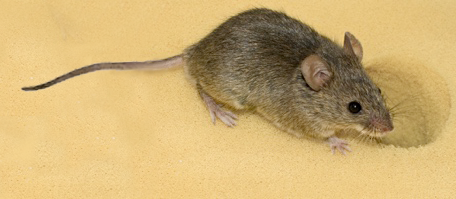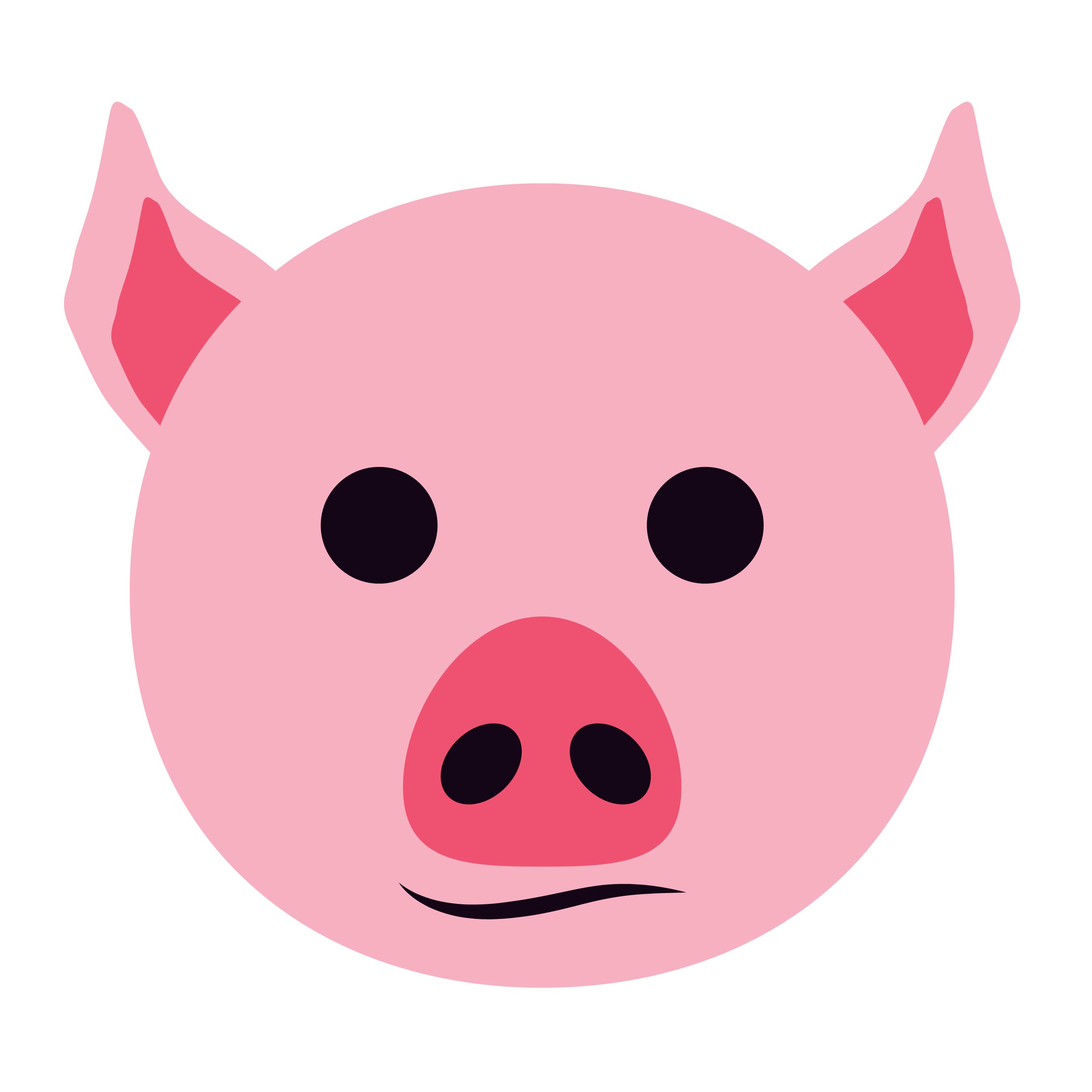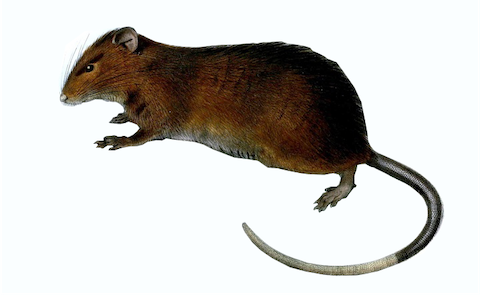Non-classical monocytes contribute to innate immune training in cattle.
Abstract
Innate immune training is defined as a property of innate immune cells to react stronger to a secondary contact with pathogens. Induction of innate immune training has been reported for a variety of pathogens and selected pattern recognition receptor-ligands, such as beta-glucans (betaG). We examined whether Saccharomyces cerevisiae cell wall component betaG induces training in bovine monocytes in vitro based on a heightened TNF secretion after stimulation by trained monocyte-derived macrophages with Escherichia coli LPS. Sorted CD14-expressing monocytes (classical and intermediate monocytes), as well as single populations of sorted classical, intermediate and non-classical monocytes could not be trained by betaG, whereas macrophages derived from plastic-adherent mononuclear cell preparations displayed features of a trained function. The hypothesis, that non-classical monocytes need to be present in a mixed monocyte population in order to be trained by betaG could be verified by a successful training of positively sorted whole monocyte populations (CD14CD16/M) containing all three monocyte subpopulations. The trainability depended on conditions favoring M1 polarization of macrophages. Altogether, innate immune training of bovine monocytes seems to depend on the presence of non-classical monocytes. This adds new information to the role of this monocyte subpopulation in the bovine immune system.
| Authors: | Schünemann LM, Schuberth HJ, |
|---|---|
| Journal: | Innate Immun; 2022 Aug;28(6):199-210.. doi:10.1177/17534259221114219 |
| Year: | 2022 |
| PubMed: | PMID: 35876352 (Go to PubMed) |


